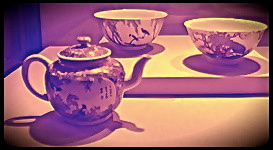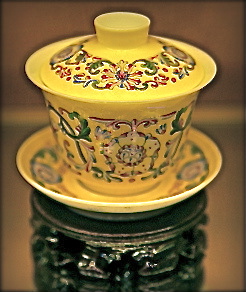 The history of Chinese cooking goes deep into history and is marked by both variety and change. The archeologist and scholar Zhāng Guāngzhí says “Chinese people are especially preoccupied with food,” and “food is at the center of, or at least it accompanies or symbolizes, many social interactions.” Over the course of history, he says, “continuity vastly outweighs change.” He explains basic organizing principles which go back to earliest times and give a continuity to the food tradition, principally that a normal meal is made up of fan [grains and other starches] and cai [vegetable dishes].
The history of Chinese cooking goes deep into history and is marked by both variety and change. The archeologist and scholar Zhāng Guāngzhí says “Chinese people are especially preoccupied with food,” and “food is at the center of, or at least it accompanies or symbolizes, many social interactions.” Over the course of history, he says, “continuity vastly outweighs change.” He explains basic organizing principles which go back to earliest times and give a continuity to the food tradition, principally that a normal meal is made up of fan [grains and other starches] and cai [vegetable dishes].
Chinese perspective on food and its preparation has evolved gradually over the centuries as new food sources and techniques have been introduced, discovered, or invented. Although many of the most important characteristics appeared very early, others did not appear or did not become important until relatively late. The first chopsticks, for instance, were probably used for cooking, stirring the fire, and serving bits of food and were not initially used as eating utensils. They began to take on this role during the Han dynasty, but it was not until the Ming that they became ubiquitous for both serving and eating. It was not until the Ming dynasty also that chopsticks acquired their present name [kuàizi 筷子] and their present shape. The wok may also have been introduced during the Han dynasty, but again its initial use was limited to drying grains. Its present use of stir-frying, as well as boiling, steaming, roasting, and deep-frying, and did not develop until the Ming dynasty.
Zhāng Guāngzhí 張光直 [1931–2001], Food in Chinese Culture: Anthropological & Historical Perspectives, Yale University Press, 1977. [pg. 15–20]


